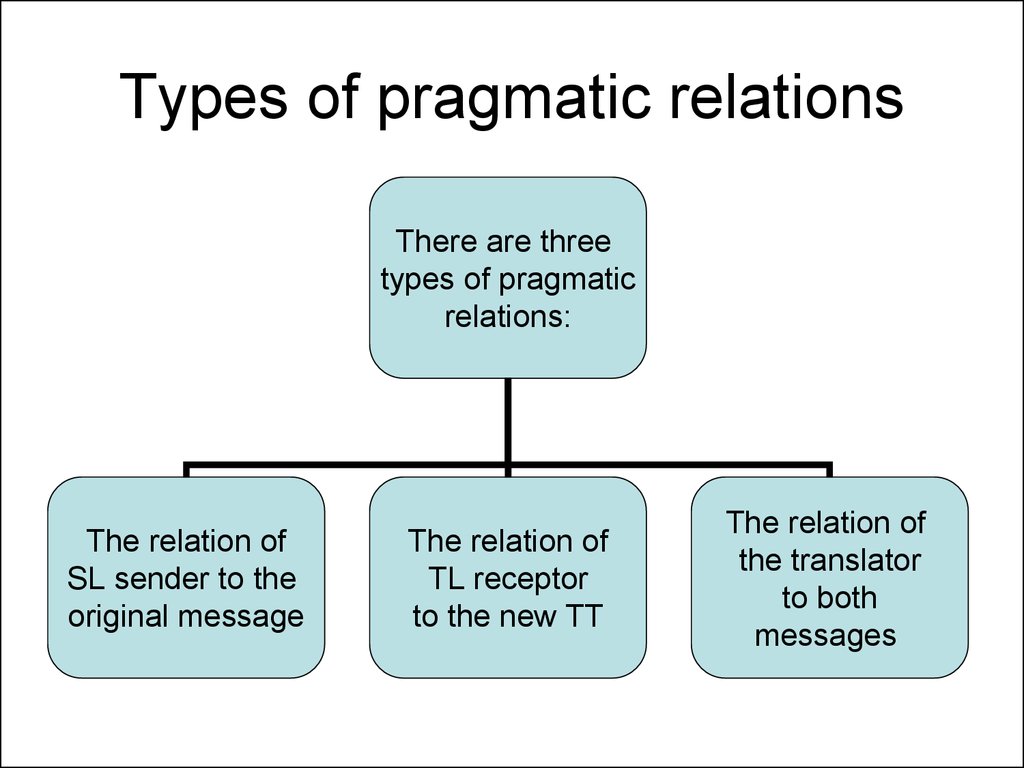

For example, scope=translation,transliteration,dictionary would return supported languages for all groups. The terms used in this definition are defined as follows. Scope=dictionary provides language pairs for which Dictionary operations return data.Ī client may retrieve several groups simultaneously by specifying a comma-separated list of names. Scope=transliteration provides capabilities for converting text in one language from one script to another script Scope=translation provides languages supported to translate text from one language to another language Response bodyĪ client uses the scope query parameter to define which groups of languages it's interested in. A client-generated GUID to uniquely identify the request.Īuthentication isn't required to get language resources. Names are provided in the English language when a target language is not specified or when localization is not available. For instance, use the value `fr` to request names in French or use the value `zh-Hant` to request names in Chinese Traditional. (5.00 / 1 vote) Rate this definition: transliteration noun. The language is specified by providing a well-formed BCP 47 language tag. Definition of TRANSLITRATION in the dictionary. Use this parameter to define the language in which these names are returned. Some of the fields in the response are names of languages or names of regions. The language to use for user interface strings. To decide which set of supported languages is appropriate for your scenario, see the description of the (#response-body).

If no scope is given, then all groups are returned, which is equivalent to passing `scope=translation,transliteration,dictionary`. Allowed group names are: `translation`, `transliteration` and `dictionary`. A comma-separated list of names defining the group of languages to return. Version of the API requested by the client. Request parameters passed on the query string are: Query parameter We think it'd be worth really trying to generalize this problem in such a way that people can define transliteration schemes, and how they want to apply them in a web application.Gets the set of languages currently supported by other operations of the Translator. So, if you type "toyota", you get トヨタ (try it out here: Katakana). For instance, here's a demo that transliterates Romaji into Katakana. Other, more complicated transliteration systems are also possible. Rks because ‘cx’ doesn’t occur in Esperanto. So the Esperanto Wikipedia came up with a solution that uses transliteration: to get ĉ, you write ‘cx’ (and so forth). links: PTS, VCS area: main in suites: wheezy size: 2,691,616 kB sloc: cpp: 4,678,856 java: 395,153 xml: 170,215 ansic.
#Define transliteration how to
Needless to say it’s not obvious how to type ĉ ĝ ĥ ĵ ŝ and so forth. transliteration translation in English - French Reverso dictionary, see also transition,translation,transitional,transportation, examples, definition. Circumflexes are common enough, but Esperanto is rather unusual in setting them atop c, g, h and o

Esperanto has a few unusual letters which are capped by a circumflex. rather than using all the windfoggery, allow me to simply define one at a. However, word transliteration is a term colloquially used (perhaps, mistakenly used) in place of literal translation. An example of this approach is in use on theĮsperanto Wikipedia. What meant here as word-level transliteration is usually termed literal translation. For instance, sometimes it can be used to ease the process of inputting unusual characters. However, transliteration can serve a variety of purposes. Cyrillic (Russian style, in this case): Рубин (hmm, why is there an ‘n’?).So for instance, one can transliterate “Ruby” (as in the programming language) into various writing systems: If you are unfamiliar with the language of the word being transliterated, then it is unlikely that its transliteration will give you insight into the meaning of the word. And for people who produce websites, it should be as simple as including a Javascript keyboard for whatever the target language is. It would then become possible to tell learners that they can produce copy in their writing system “at” a certain website. This has to change and in my opinion the best approach is to handle it with Javascript and font embedding. It’s not cross-platform, it’s not easy to know if the right fonts are available, and as a result it becomes difficult to learn to type in anything but ASCII (or whatever the local vernacular script is). Why is it so hard for people to type in non-roman scripts on the web? Why do even linguists avoid producing copy in Unicode? Here’s why: it’s hard. (Note that it has nothing to do with translation.) Transliteration is the process of converting one writing system into another. Include x-your-scheme.js (more on a possible naming convention soon) Demoīuild a transliteration scheme (more on this soon) I know this documentation isn't practical yet I'm working on it.


 0 kommentar(er)
0 kommentar(er)
